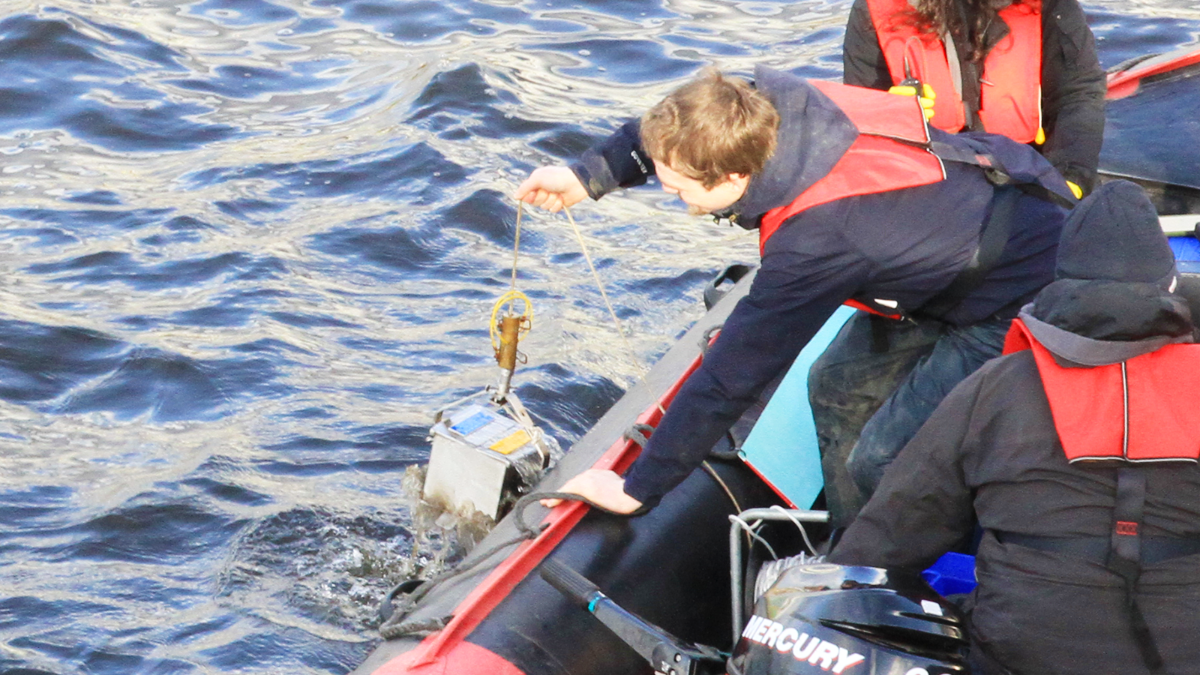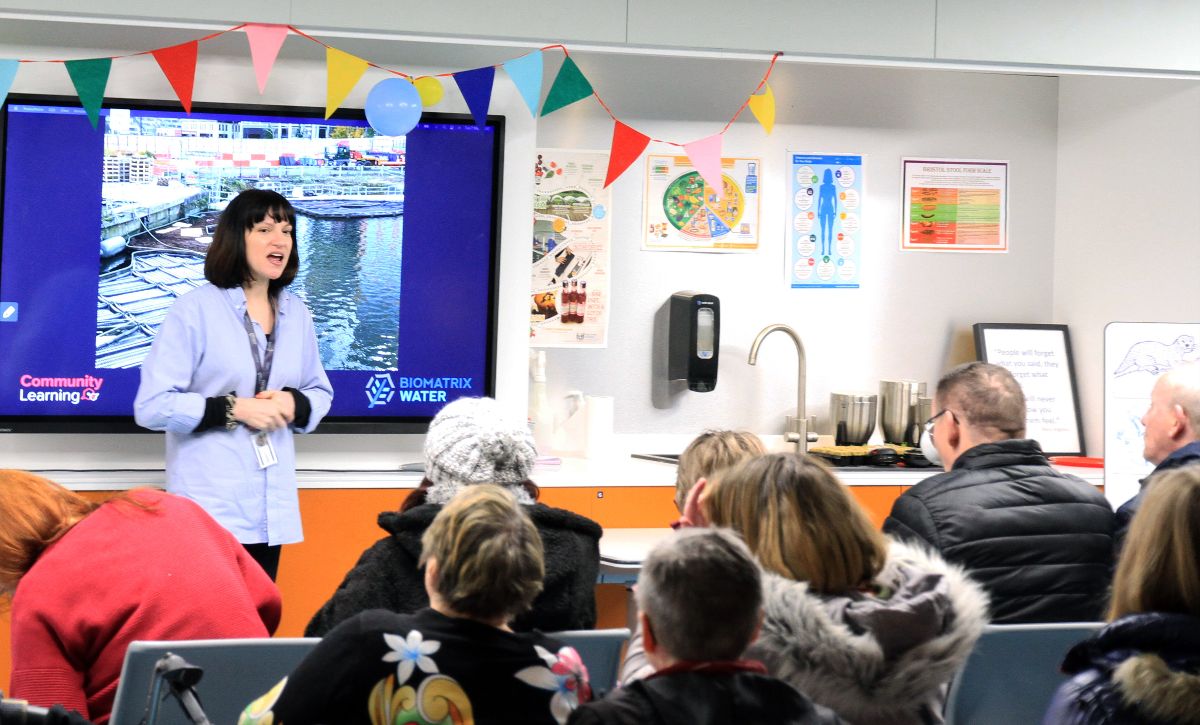Increasing Biodiversity on the River Clyde at Glasgow Science Centre
April 13, 2023
We are delighted to have installed Biomatrix Floating Ecosystems at the Science Centre in Glasgow. Glasgow Science Centre is a cutting edge visitor attraction bringing the wonder of science to hundreds of thousands of visitors each year. They recognise the importance of increasing biodiversity in their surroundings and helping to educate their visitors on technologies that help bring water to life.
The hard-edged riverbank of the Canting Basin, part of the old Prince’s Dock, on the River Clyde is a challenging environment with limited habitat for wildlife. The Floating Ecosystems have been planted with over 2000 native estuarine plants. They will provide habitat for birds such as moorhens, ducks, and cormorants to nest, for fish to gain shelter and find food, and may even attract visitors such as seals, otters, and porpoises, which can be found in the Clyde. There is an observation area with free-to-use binoculars and interpretation boards about the Floating Ecosystem just outside the science centre.





In 1900 the Prince’s Dock were the country’s deepest graving docks, capable of holding the largest ships afloat. They were used to carry out maintenance and to repair the hulls of ships. The Floating Ecosystems will bring new life to this historic location.
This is an estuarine environment with a tidal range over four meters. The Floating Ecosystems can accommodate for the changing levels of the water, rising and falling with the tide.

One exciting aspect of this project is that scientists and students from the University of Glasgow will study the Floating Ecosystem and use them as a type of ‘living laboratory’. They will examine the impact that plants have on local animal populations and monitor any changes in the water conditions.

|
|

